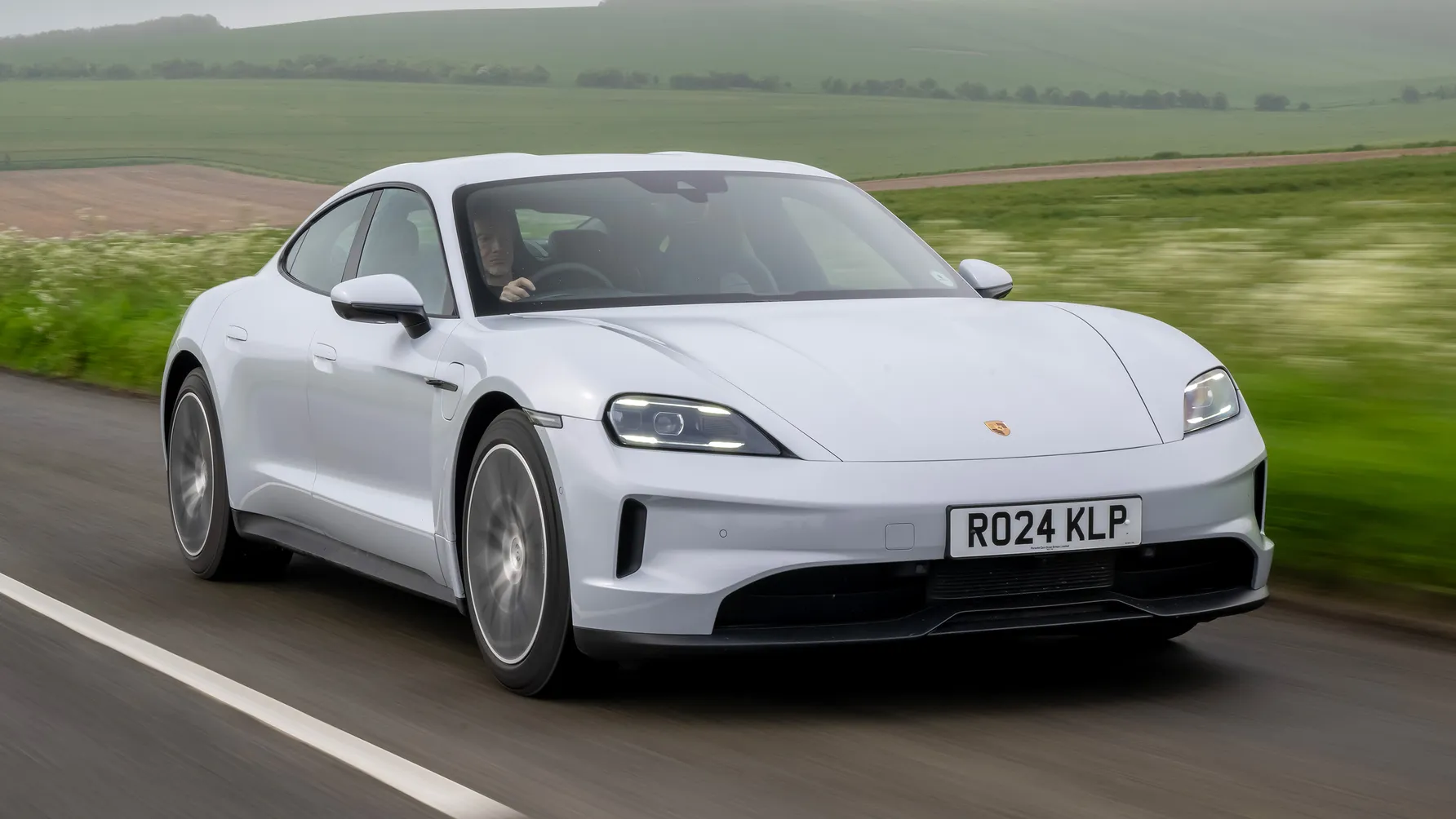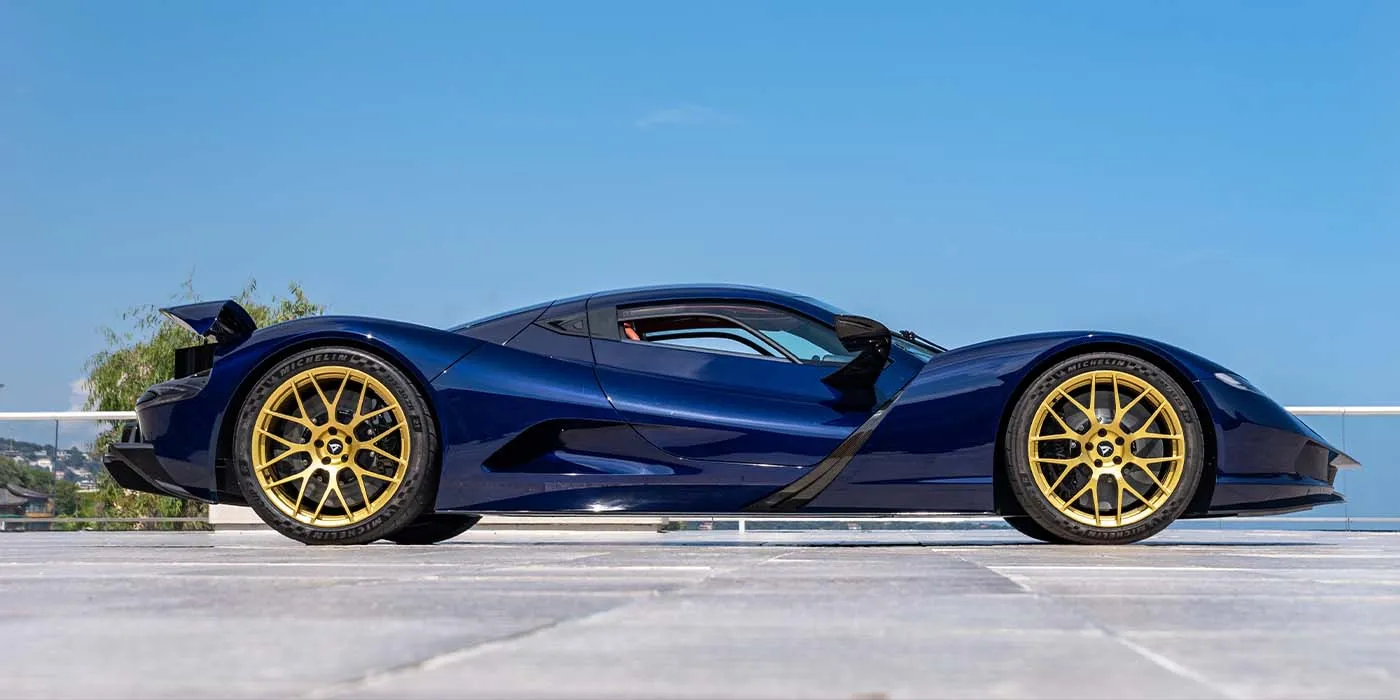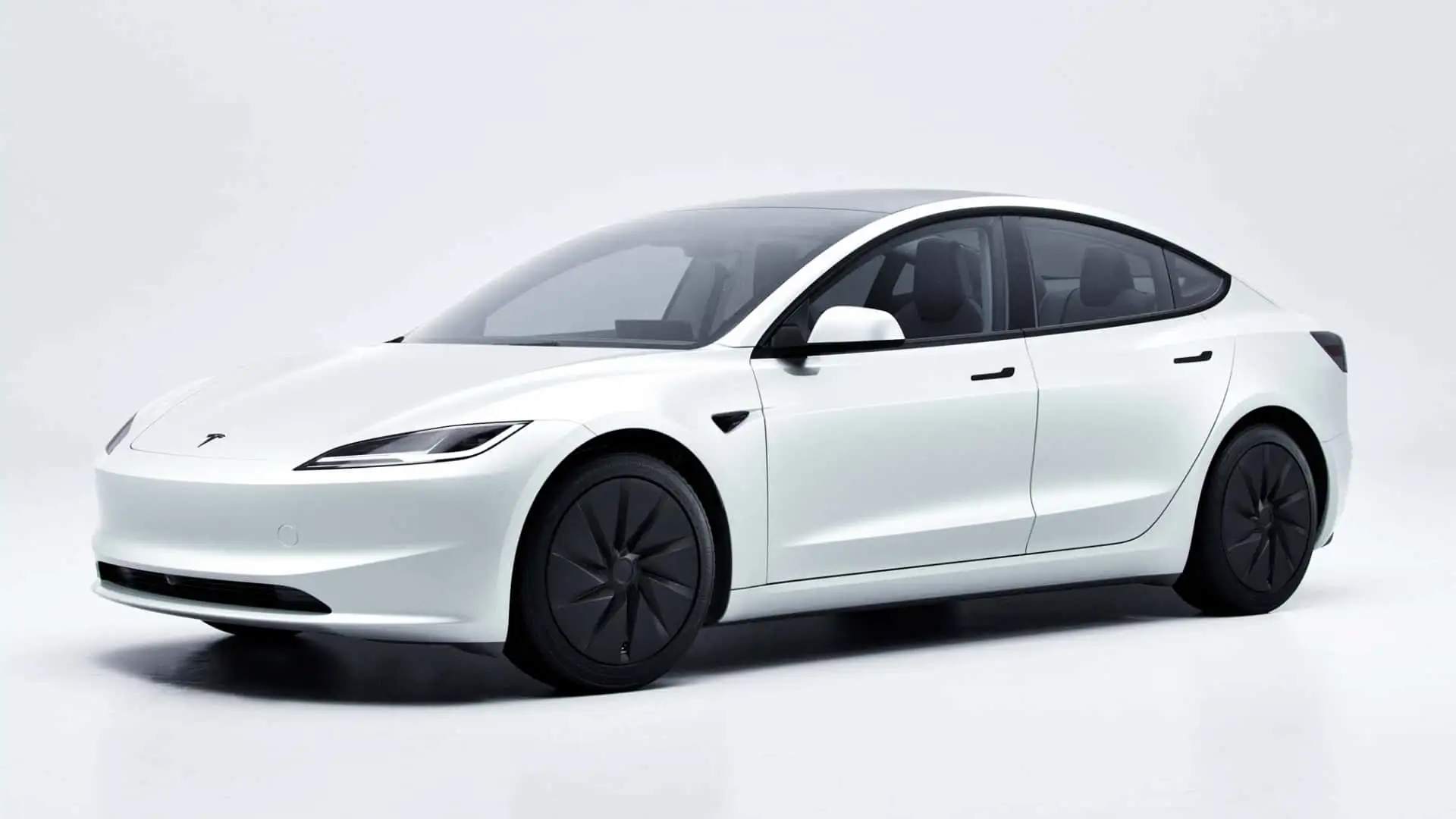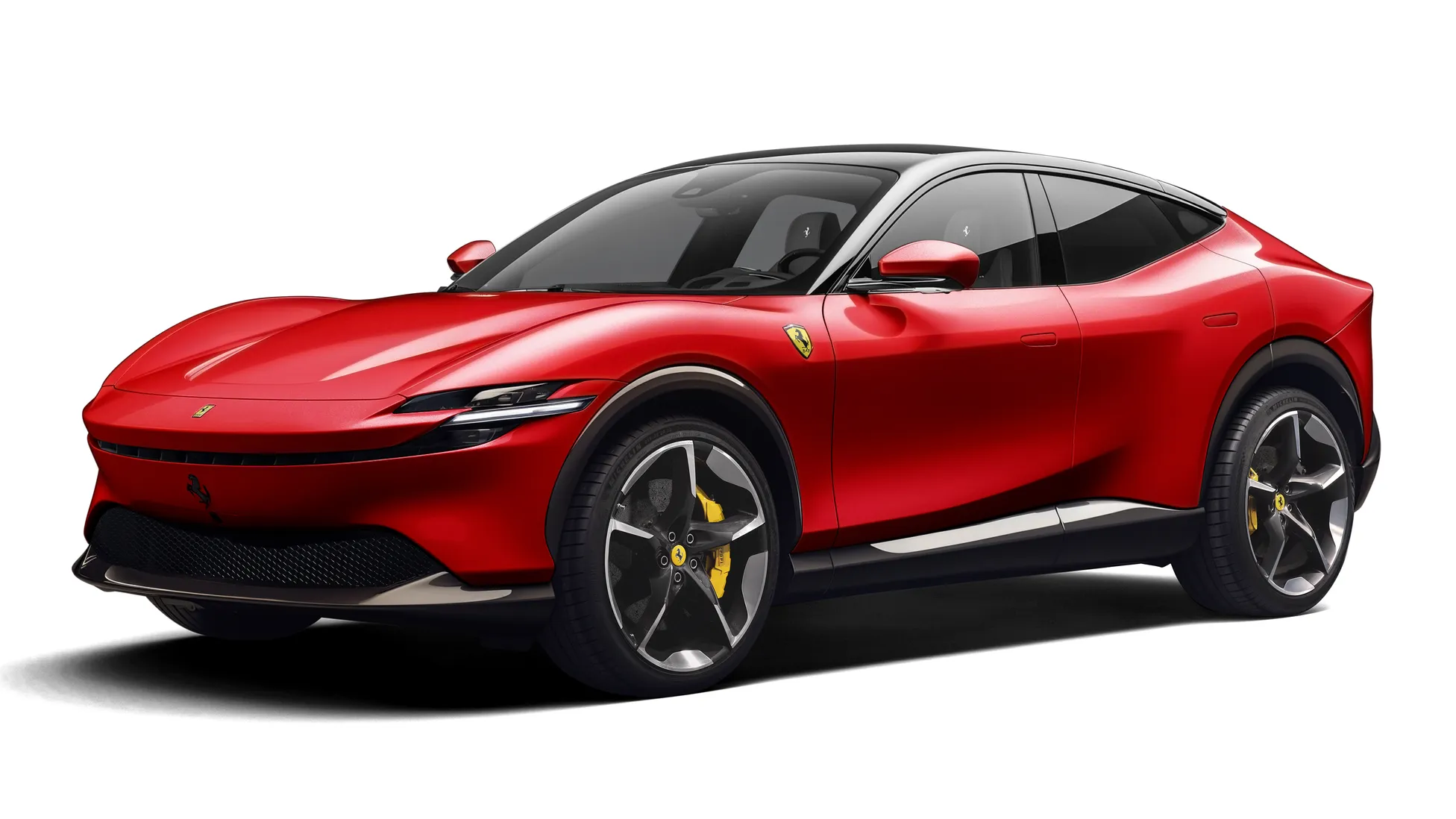Something big is happening in the EV world.
Within the same month, Porsche reported a 99% profit drop, and General Motors (GM) announced a $1.6 billion charge tied to its EV slowdown – confirming what many in the industry have started to whisper: the EV honeymoon phase is ending.
Policy vs. People
For years, governments pushed automakers to “go electric.” Regulations, deadlines, and subsidies made EVs the center of every roadmap. But now that the political push has cooled, consumers are pushing back.
Even in leading markets, buyers are hesitant – and not just because of range or charging issues. They’re increasingly skeptical.
Here’s why:
- High prices and costly repairs compared to traditional cars.
- “Greenwashing” concerns: growing awareness of the emissions behind EV production and battery mining.
- Doubts about reliability and resale value as technology evolves fast.
- Reduced incentives: like the U.S. $7,500 tax credit cuts and complex eligibility rules.
Governments built the framework but now the market is setting the pace, demanding proof, not promises.
China: Where the Trend Turns
If you want to see where the global EV market is heading, look at China – the ultimate trendsetter.
According to CleanTechnica’s latest report, BEV sales grew 29% YoY, but PHEVs barely declined (–3%), showing a clear slowdown in full-EV momentum.
Reuters adds that brands like BYD, Li Auto, and Geely are racing to meet soaring demand for long-range hybrids, blending electric efficiency with flexibility.
Consumers now prefer smart hybrids – cars that charge when convenient but don’t rely on infrastructure to move.
And since China sets the tone for the global market, one thing is clear: Hybrids are the comeback story.
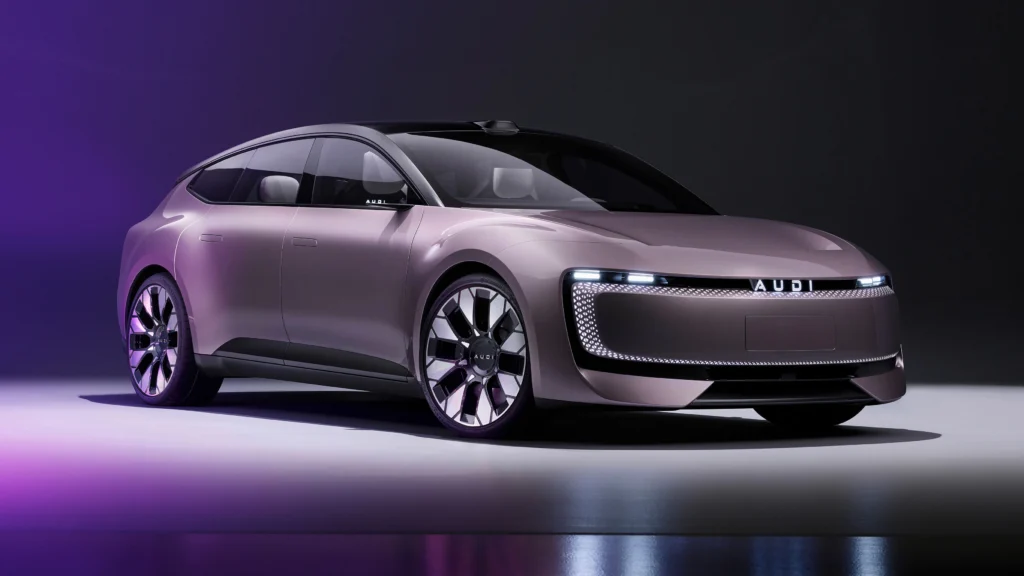
Porsche & GM: Different Brands, Same Lesson
Both Porsche and GM are reacting to the same shift – but from opposite directions. One is recovering from an overextended sprint, the other from years of deliberate pacing. Porsche financials crushed in 2025:
- Operating profit collapsed 99%, from €4.035 billion in 2024 to just €40 million in the first nine months of 2025 (Carscoops, Road & Track).
- Global deliveries fell about 6%, with ~13,000 fewer cars sold year-over-year.
- Porsche took €3.1 billion in extraordinary charges, mostly tied to retooling, EV battery infrastructure, and the wind-down of its ICE platforms.
- The company faces around €700 million in tariff-related costs, mostly from U.S. trade tensions and supply chain disruptions.
The transition timing couldn’t have been worse:
That left Porsche with a gap: billions spent, but no new cash cows yet on the market. CFO Jochen Breckner called 2025 a “trough year,” expecting recovery only in 2026 when hybrid and EV versions of its core lineup arrive.
In short: Porsche went full throttle into electrification only to realize the road ahead was steeper than it looked.

GM: From Expansion to Retrenchment
Across the Atlantic, General Motors is learning a similar lesson, but from the mass-market side.
This October, GM announced it would take a $1.6 billion charge linked to its EV pullback, reflecting production delays, slower consumer adoption, and higher costs in battery manufacturing. (Wall Street Journal, Oct 2025)
Key facts:
- GM scaled down its near-term EV rollout plans and postponed several Ultium-based launches.
- The company’s EV margins turned negative, forcing it to realign factory output.
- Executives cited slower-than-expected consumer demand and charging-infrastructure limitations as the main bottlenecks.
Instead of pushing volume at any cost, GM is pivoting to optimize profitability, adjusting production schedules and re-evaluating future plant investments.

What This Means for the Auto Industry
- Government pressure is easing, and market logic is taking over.
Policymakers pushed faster than the market could handle. Now, automakers are resetting to balance regulation with profitability.
- Consumers are redefining “electric.”
For many drivers, hybrids offer the perfect middle ground – low emissions, high flexibility, and no charging anxiety.
Publisher: Yara Vetchinkina

